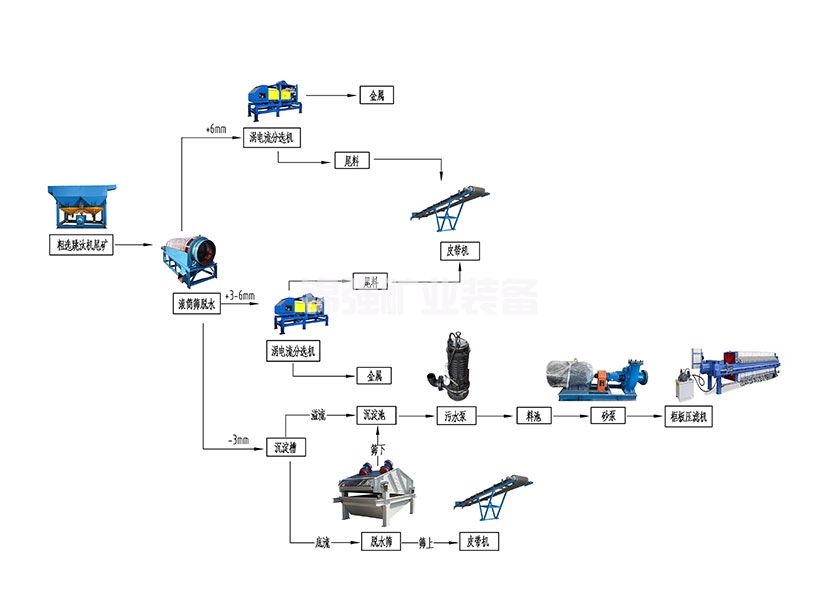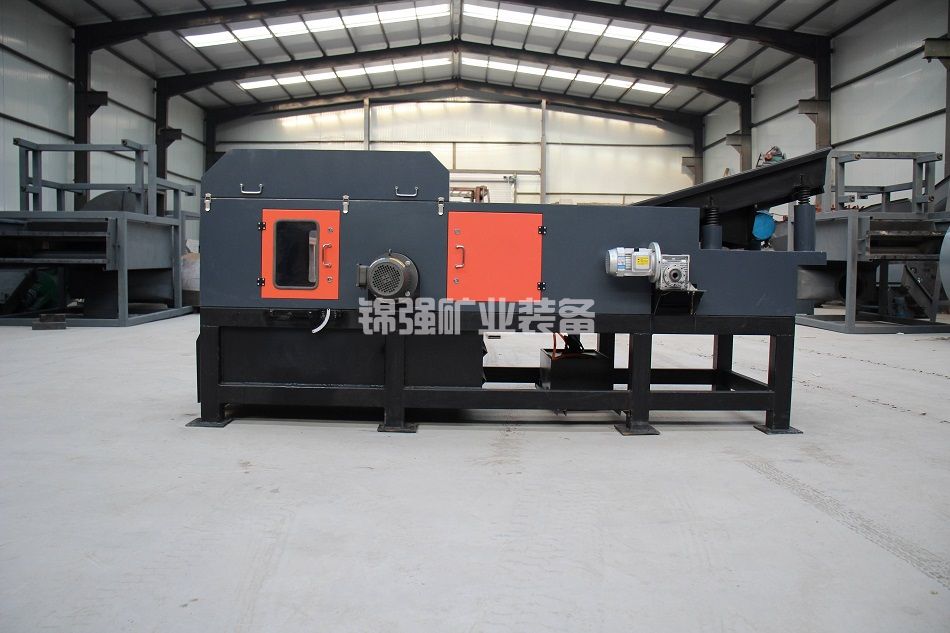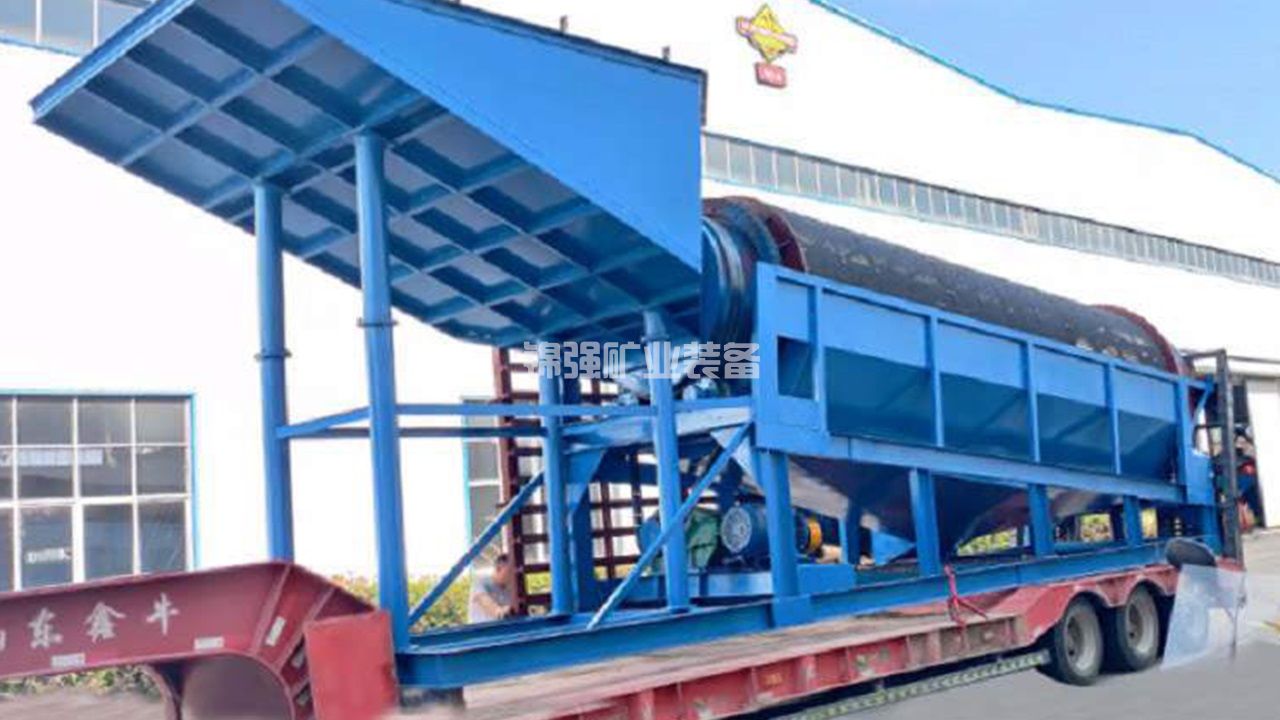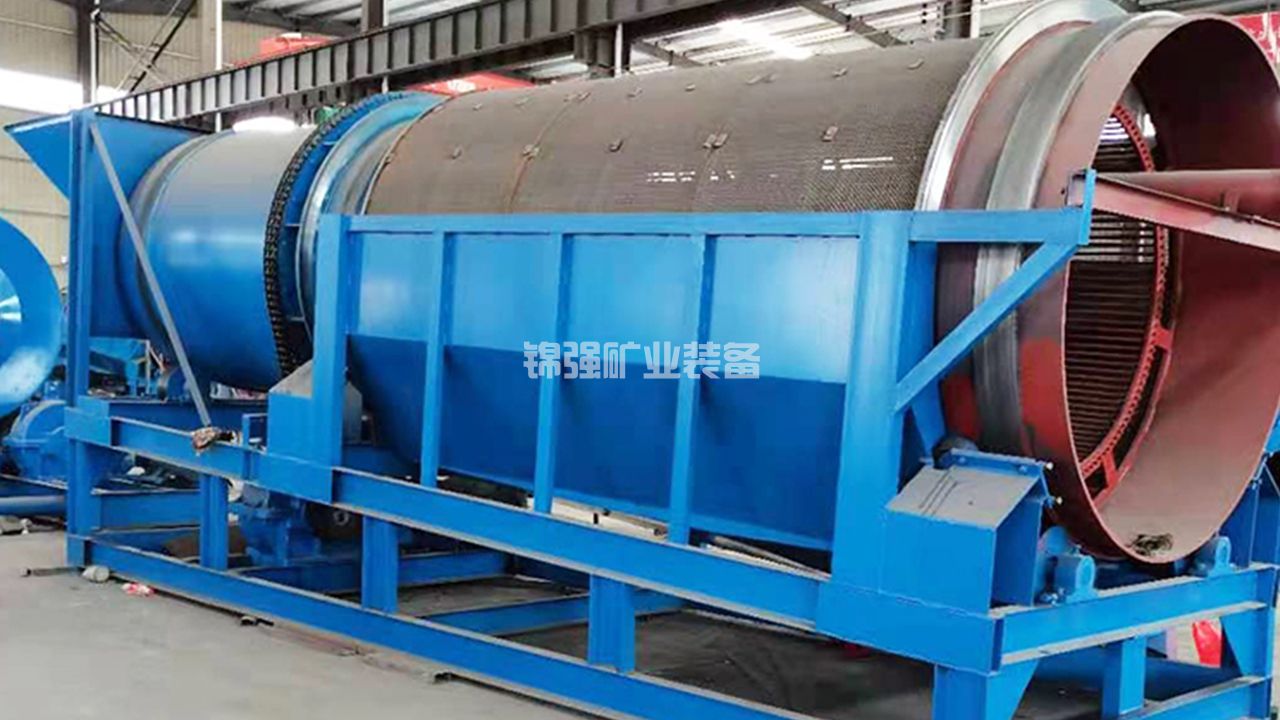 Service Phone:
+8619870423316
Service Phone:
+8619870423316
 Service Phone:+8619870423316
Service Phone:+8619870423316
current location: home > News and information

 24-hour phone/WhatsApp:+8619870423316
24-hour phone/WhatsApp:+8619870423316
With the acceleration of urbanization, the treatment of urban household waste is receiving increasing attention. The waste treatment process is the key to solving this problem, and slag treatment is an important link in the waste treatment process. This article will introduce the treatment process of municipal solid waste slag, including process principles, operational steps, and application cases.
1、 Process principle
Slag treatment refers to the decomposition and transformation of organic and inorganic substances in garbage under high temperature conditions, ultimately forming stable and harmless substances. The waste slag treatment process mainly includes two methods: incineration and oxidation.
Incineration is the burning of garbage in a high-temperature furnace, which decomposes the organic matter in the garbage into carbon dioxide and water vapor, while converting the inorganic matter into slag. The incineration process has the advantages of high efficiency, harmlessness, and no secondary pollution, but there are also problems such as energy consumption and emission treatment.
Oxidation refers to placing garbage in an oxidation reactor, which oxidizes and decomposes organic matter into carbon dioxide and water through heating, pressure, and other conditions, while inorganic matter is converted into oxides. The oxidation process has the advantages of no secondary pollution and low energy consumption, but there are also problems such as high equipment cost and complex operation.
 II. Operation Steps
II. Operation Steps
The operational steps of the municipal solid waste slag treatment process mainly include garbage collection, slag treatment, and discharge treatment.
1. Garbage collection
Garbage collection is a prerequisite for slag treatment, and various methods of garbage collection include transfer station collection, door-to-door collection, and so on. During the garbage collection process, it is necessary to classify and dispose of garbage, including recyclable and hazardous materials, for subsequent disposal.
2. Slag treatment
The treatment of  slag is the core link of the municipal solid waste slag treatment process. During the slag treatment process, it is necessary to place the waste in a high-temperature furnace for combustion or in an oxidation reactor for oxidation treatment. In the process of slag treatment, it is necessary to pay attention to controlling parameters such as temperature and oxygen content to ensure the effectiveness of slag treatment.
slag is the core link of the municipal solid waste slag treatment process. During the slag treatment process, it is necessary to place the waste in a high-temperature furnace for combustion or in an oxidation reactor for oxidation treatment. In the process of slag treatment, it is necessary to pay attention to controlling parameters such as temperature and oxygen content to ensure the effectiveness of slag treatment.
3. Emissions treatment
The treatment of  emissions is an important link in the treatment process of municipal solid waste slag. During the slag treatment process, a large amount of harmful gases such as carbon dioxide, nitrogen oxides, and sulfur oxides are generated. These harmful gases need to be treated to minimize environmental pollution.
emissions is an important link in the treatment process of municipal solid waste slag. During the slag treatment process, a large amount of harmful gases such as carbon dioxide, nitrogen oxides, and sulfur oxides are generated. These harmful gases need to be treated to minimize environmental pollution.
3、 Application Cases
The municipal solid waste slag treatment process has been widely applied nationwide. For example, Incineration Plant in Beijing has adopted advanced slag treatment process to classify and treat the slag generated after Incineration, in which recyclable items are recycled and hazardous items are innocuously treated to form stable harmless substances. Shanghai also adopts an oxidation process for garbage treatment, which oxidizes and decomposes organic matter in the garbage into carbon dioxide and water, and recycles harmless substances through classified treatment.
In short, the municipal solid waste slag treatment process is an important means to solve the problem of waste treatment. In practical applications, it is necessary to choose appropriate process methods based on the actual situation in different regions, and pay attention to controlling the treatment of emissions to ensure the minimization of environmental pollution.

Treatment process of municipal solid waste slag
Treatment process of municipal solid waste slagRelated Information